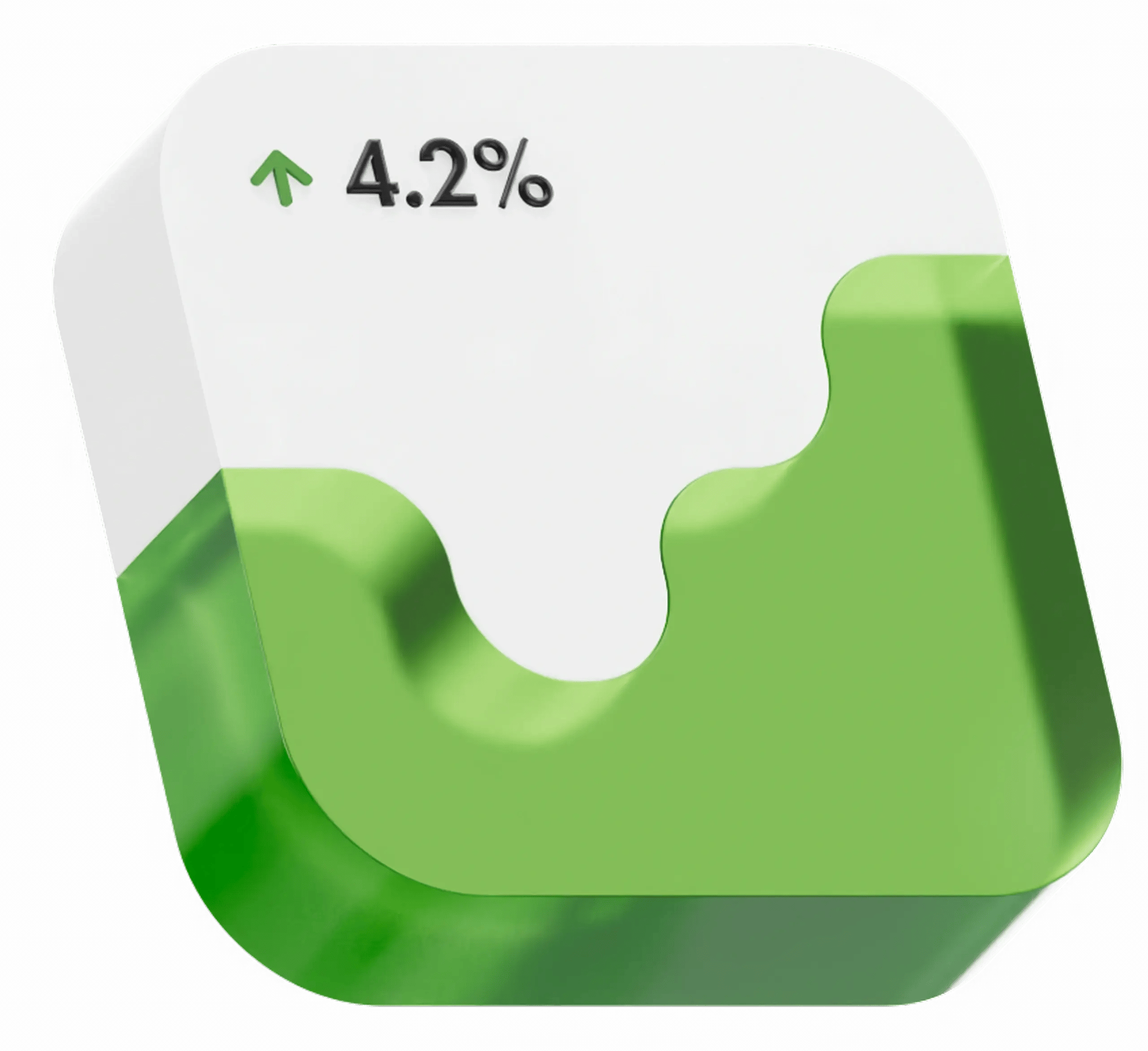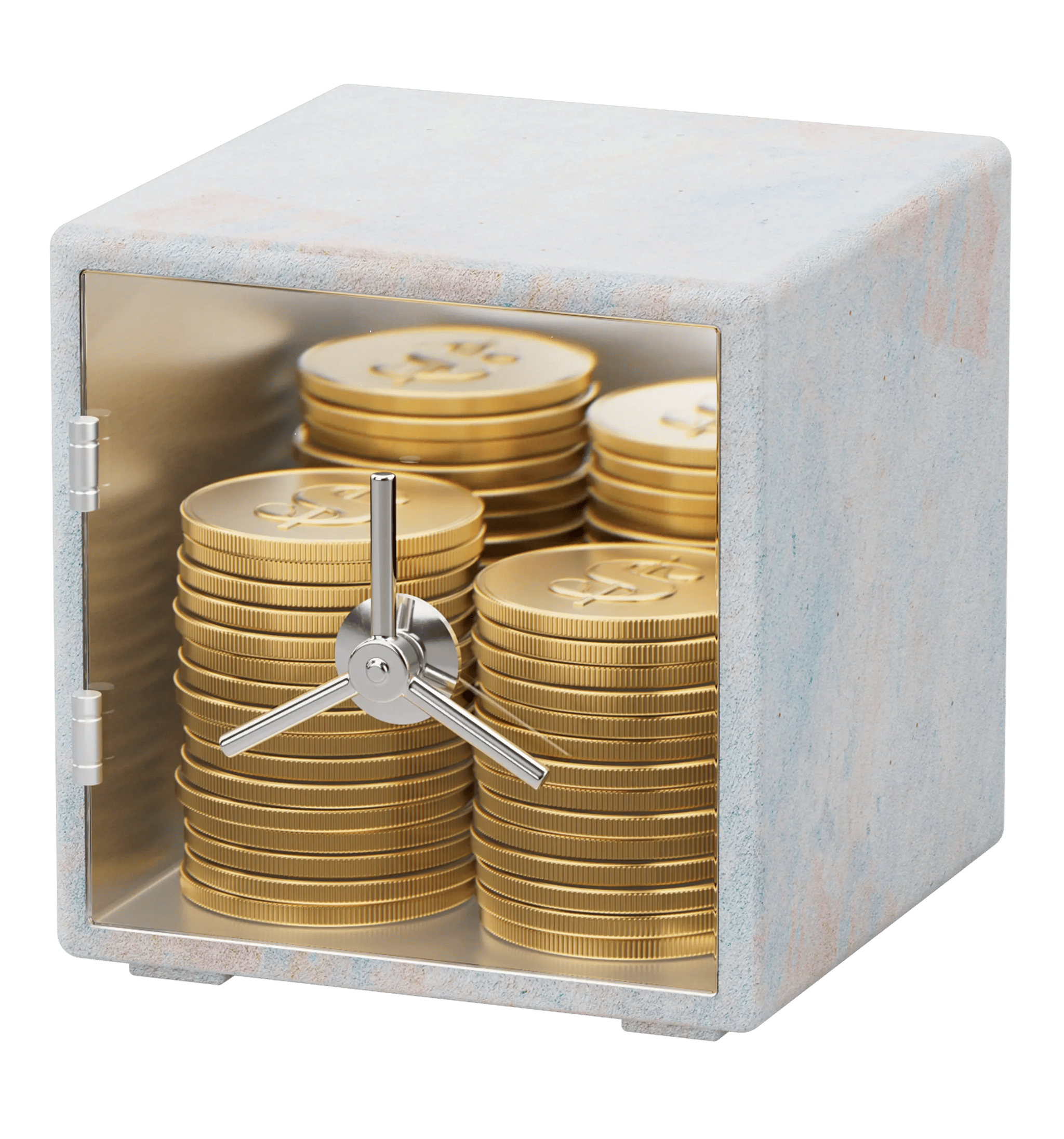Investing
If you’re curious about how to invest your money (who isn’t?), we’ll walk you through basic investing and asset types, as well as some fancier trading strategies to help you reach your goals.

Learn more about investing
Other resources
More to learn about
Ready to put your money to work?
Join the 3 million Canadians choosing Wealthsimple as their home for investing, trading, and more.








